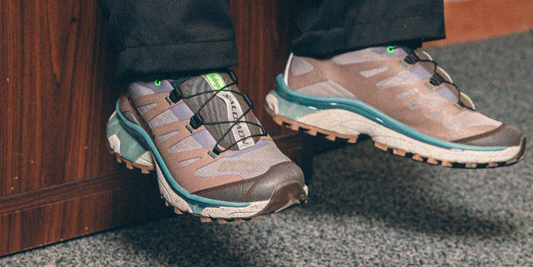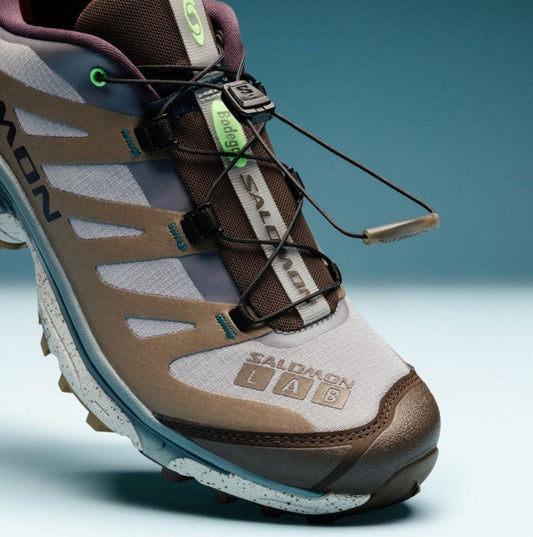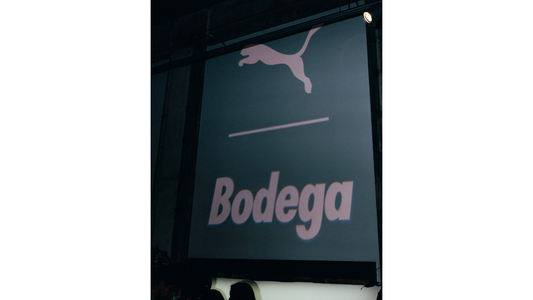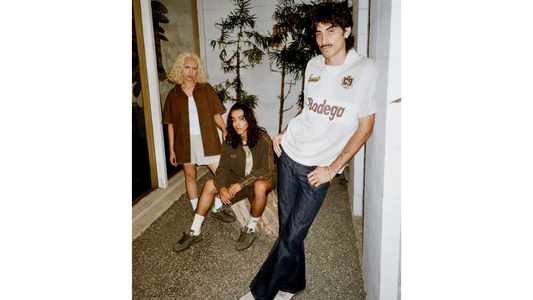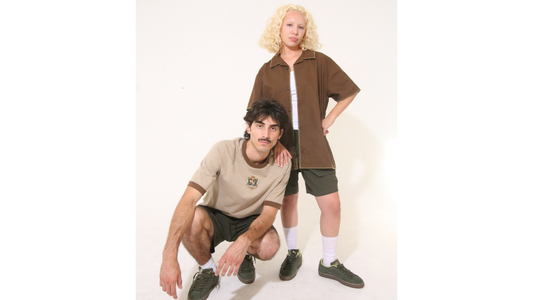Carhartt is a brand that leads a peculiar double life. Carhartt clothing is made now with the same intended purpose that it had a century ago, to withstand the demanding rigors of heavy industrial and manual labor. Of course, a lot of brands have heritage in one area, and transitioned over the years to a purely fashion product. This is not the case with Carhartt, which is still an industry leader in functional workwear, and, at any given time, can be found on, pretty much, any randomly selected worksite in the country. A garment that can be worn day in, day out while operating a thresher, or arc welding, is about as far from fashion as you can get. At the same time, Carhartt is a consistently popular fixture amongst some seriously stylish people.
There is a pervasive, recognizable caricature of the sleazy salesman in our popular consciousness. Think of the used car dealer, swathed in a cheap suit and oozing transparent, phony friendliness as he tries to convince you that a smoke –belching Yugo with axels falling out of the bottom is your new dream car. It’s an odd tic in our consumer culture, because as much as everyone loves to buy things, they hate to be sold things, at least openly. The search for authenticity has a prominent place in sub-cultural fashion for exactly this reason. The impulse to look good, by any standard at all, is nearly universal, but, understandably, no one wants to feel exploited by those looking to profit off the back of something they care little about.
In the case of Carhartt, these worries would be wholly irrelevant. In the traditional sense, there is little glamour to be found in the heavy duty workwear the brand specializes in. Carhartt’s inroads into the world of fashion are actually connected to the functionality of their garments. Utilitarian clothing was a major aspect of the anti-fashion aesthetic that prevailed in new musical movements like punk and hardcore, and later, industrial and grunge. As mainstream culture eventually picked up on aspects of these cultures, the associated clothing became a more common sight.
The connection to Rap/Hip Hop culture for Carhartt is even stronger, and more directly connected to their products intended uses, although not in a way that would have found much approval among the traditionally minded. Graffiti artists and street level drug dealers were two groups of people that could often be found in unforgiving outdoors environments for extended periods of time, and appreciated the warmth and the ability to carry a myriad of objects, eliminating the need for an obtrusive and obviously spotted carrier bag, that Carhartt coats provided. Of course, as hip hop went from burgeoning art form to pop culture domination, these archetypes became style inspiration for millions.
Work In Progress is Carhartt’s acknowledgement of the brand’s success as a fashion item. Originally designed for and released in the discerning European market, where Carhartt did not have a specific legacy that the buying public would hold them to, the traditional aesthetic and craft techniques are applied to clothing that is still functional, and made with the same craft techniques as traditional Carhartt workwear, but with a greater emphasis on fashion and style. Practically, this means slimmer cuts and a sharp eye for graphics and design, but culturally, it would be difficult to find a more perfect example of a brand’s organic acceptance into an inner circle of credibility and style.












Photography: Linnea Circosta
Words: Dan Alvarez
Model: Byron Rodriguez


